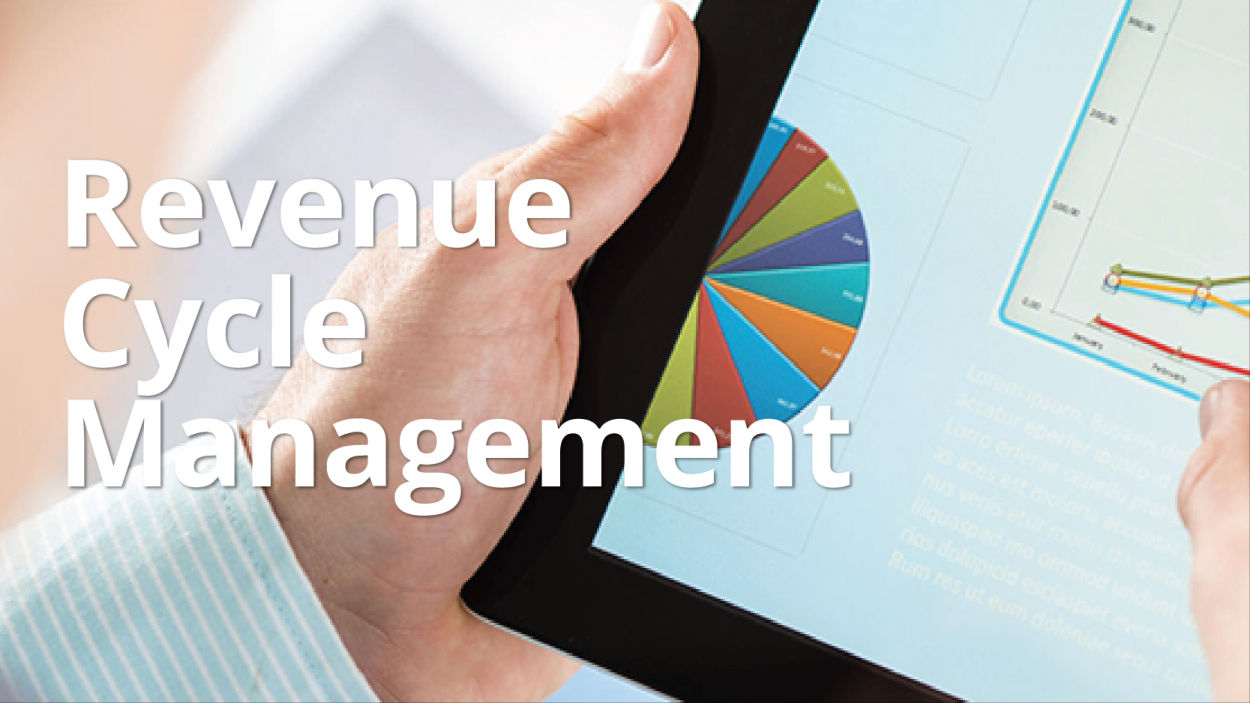Although healthcare facilities and organizations are known mostly for their capability of saving lives by helping people recover from their sickness, they all still need to have the right processes in place to make sure that they are gaining revenue so they can continue their operations and help more people; this is where the hospital revenue cycle management comes in.
WHAT IS HOSPITAL REVENUE CYCLE MANAGEMENT?
Hospital revenue cycle management is used by various healthcare facilities to improve their financial processes. It can also help assist with their admin tasks such as processing claims, payments, and giving relevant insights and documentation that can be used to improve the revenue cycle.
Having a fast and effective financial process in place can greatly help healthcare facilities stay operational and provide better service for their patients.
WHAT IS THE PROCESS OF HOSPITAL REVENUE CYCLE MANAGEMENT?
The process of hospital revenue cycle management starts when a patient makes an appointment with the healthcare facility and it ends when all the claims and payments have been made and processed.
Step 1: Patient appointment
When a patient makes an appointment with the healthcare facility, the admin department will schedule them, check their insurance coverage, and create their very first record.
Step 2: Patient evaluation
Documentation is very important in the hospital revenue cycle management. In this step, the very first record of a patient is created which contains their medical history as well as the coverage of their insurance.
Step 3: Create claims submission
Once the patient has been seen by a doctor, the treatments that they’ll be receiving will then be listed using the standard ICD-10 code. This will help determine how much of it will be covered by the insurance provider.
Step 4: Collection of claims
After the coder has prepared the claims for submission, it is then sent out for reimbursement. However, the tasks of the staff from the healthcare facility doesn’t stop there; they still need to do the necessary follow-ups, payment collection, and verification to make sure that the claim has been processed successfully.
Step 4: Reimbursement of claims and processing of payments
Once the insurance company has evaluated the claims, they will then cooperate with the healthcare facility to gather missing documents or have the wrong information corrected. They will then inform the facility of any treatments that will not be covered so that the patient can be informed and pay those treatments instead along with the other treatments that the patient has to cover themself.
HOW CAN TECHNOLOGY HELP IMPROVE THE HOSPITAL REVENUE CYCLE MANAGEMENT?
A lot of companies are helping healthcare providers improve their hospital revenue cycle management by using the latest technologies to make it faster and more convenient. Many believe that doing this can greatly impact how the healthcare industry works as the patient interaction and payment process becomes easier. Therefore, with the help of technological application in the hospital revenue cycle management, healthcare facilities are able to help more patients and give them a better experience.
Source: https://amazepearl.blogspot.com/2021/01/what-is-hospital-revenue-cycle.html







*********li678678@gmail.com
Hospital Revenue Cycle Management (HRCM) is a comprehensive financial process that healthcare facilities use to manage patient service revenue from registration to final payment. It includes billing, coding, claims processing, and payment collection, ensuring financial stability while delivering quality patient care and maintaining regulatory compliance. Contact Lens Exam